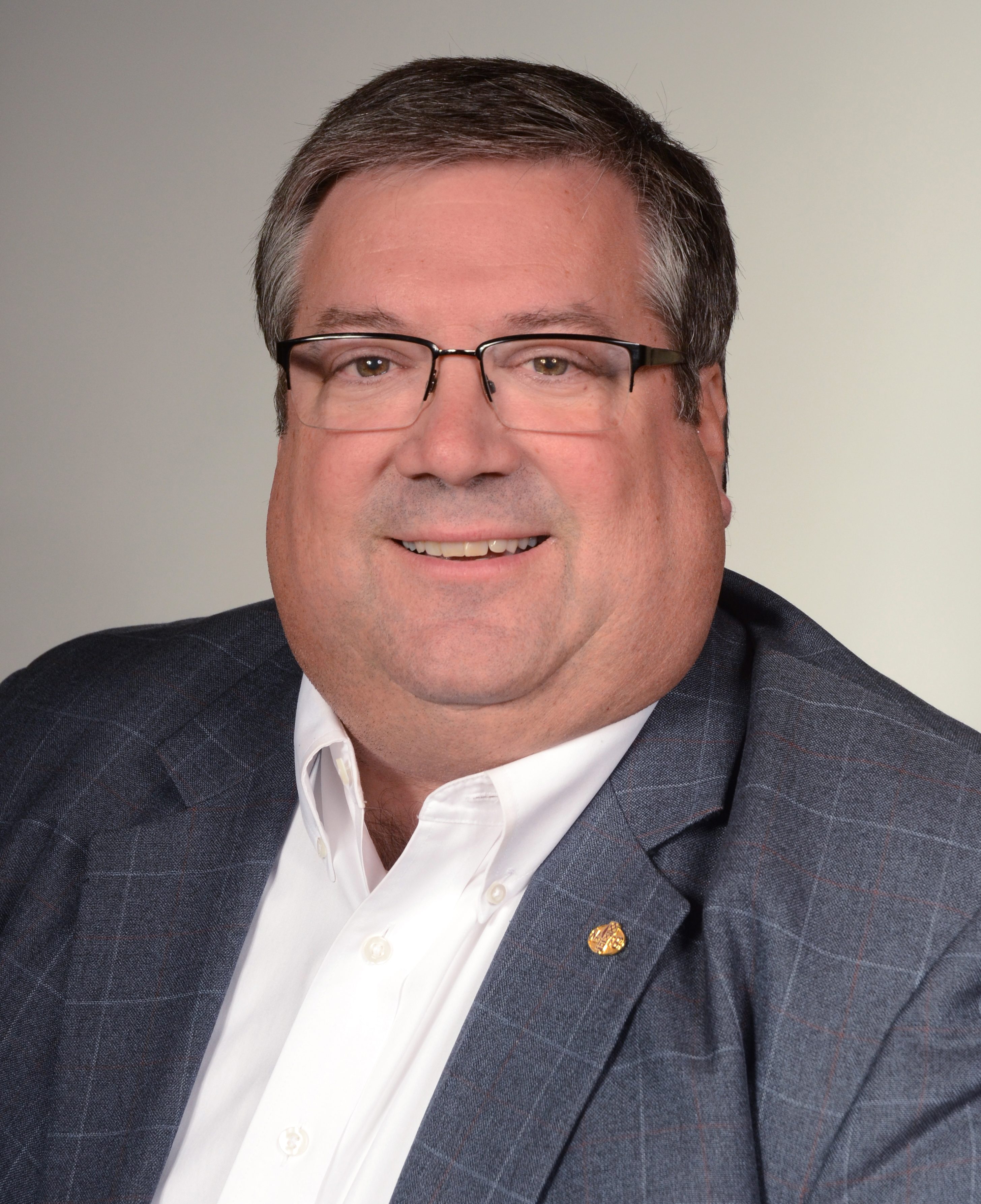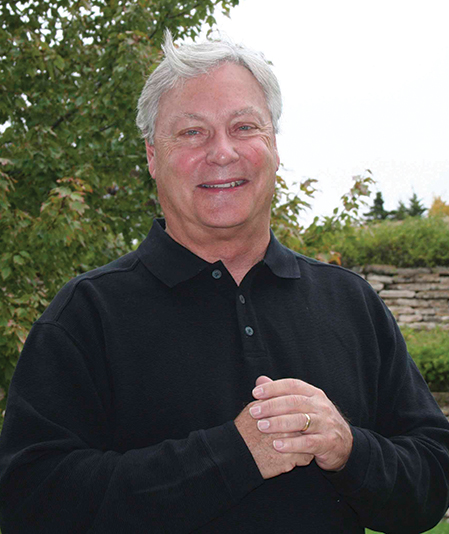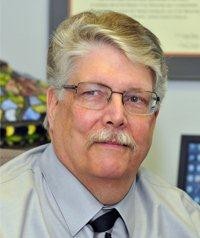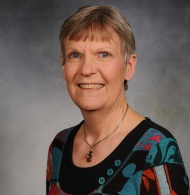
Hello from Topeka! Welcome to the 2018 Session. The first week was filled with the usual committee reorganization and hearing from the Governor on the State of the State. Once again, this year I am pleased to be serving as vice-chairman of Water & Environment committee and a member on the Taxation, Transportation committees.
Since the end last session, and the ruling by the Kansas Supreme Court, we knew the biggest issue we will face is school finance. Some see a simple remedy, adding an additional $600 million to K-12, but will that solve the challenge we face?
At the heart of the conflict before us is our charge to provide the resources necessary for a suitable education that meets the Court’s vague definition of these measures. Our constituents have entrusted us with the job of balancing the State budget and investing their tax dollars prudently and judiciously. Mental health, early childhood, foster care and infrastructure needs are among the many areas we must invest in for the quality of life of our citizens. The rubber has hit the road. With all of these competing priorities, how can we find peace and instill stability?
Decisions on budgeting require scrutinizing and prioritizing. Stability is based in decisions that consider the needs of today and the expectations and demands of tomorrow. For many years now, the process has instead revolved around mandates asking us to prioritize one state function over all others.
It is important to all of us that have been elected as a member of the Kansas Legislature that we need to keep the big picture in mind and not one issue over all others.
School funding dominates our state budget. It is shortsighted to suggest that these other terribly important areas do not also lend to the needs of our communities and their public schools.
As I said earlier, Governor Brownback presented the annual State of the State Address to the on the second day of the session. He reported that the state of our state is “indeed strong and very promising,” as also unveiled his plan to inject $600 million into K-12 education over five years, however, he did not provide any method to fund such an increase. He also noted the need to hire additional teachers and increase their salaries.
The State General Fund (SGF) profile of the Governor’s Budget shows a $300.7 million deficit for FY ’20, even with assuming that the Highway Fund sweep and transfer from the CIF continue.
The Governor’s Education proposal is financed partially by a $13.9 million transfer from the Children’s Initiative Fund (CIF). Of the $200.8 million added for FY ’19, $87.8 million SGF was included in 2017 SB 19. The Governor adds an additional $100 million SGF for following four Fiscal Years.
The Governor’s Budget Report does not fully fund KPERS for FY ’19. The $194 million payment that was delayed will not be made, it does not restore the four percent cuts made to Higher Education along with not funding enhancement requests requested by the Judicial Branch.
The Governor’s Budget Report does contain $190.7 million of enhancement requests, which includes his new school funding proposal. This amount does not include K-12 and Health and Human Services Caseloads and KPERS School contributions.
While I appreciate the effort to put forth a budget proposal, this one has landed with a big thud. I hope to learn more in tax committee this week.
If you come to Topeka during the session, my office is in Room: 352-S. My phone number is 785-296- 7463 and email is: [email protected] and my cell number is 785-302-8416.
It is my honor to be your representative.

House District 110 covers:
- Norton and Phillips Counties
- Ellis County: Cities: Catharine, Ellis and Schoenchen; Townships: Big Creek(part), Buckeye, Catherine, Ellis, Herzog(part), Lookout(part) and Wheatland(part)
- Graham County: City: Hill City; Townships: Hill City(part) and Nicodemus(part)
- Rooks County: Cities: Damar, Palco, Plainville, Stockton, Woodston and Zurich; Townships:1, 2, 3, 4, 5(part), 6, 7, 8, 9, 10, 11 and 12
Ken Rahjes (R-Agra) is the Dist. 110 state representative.



























